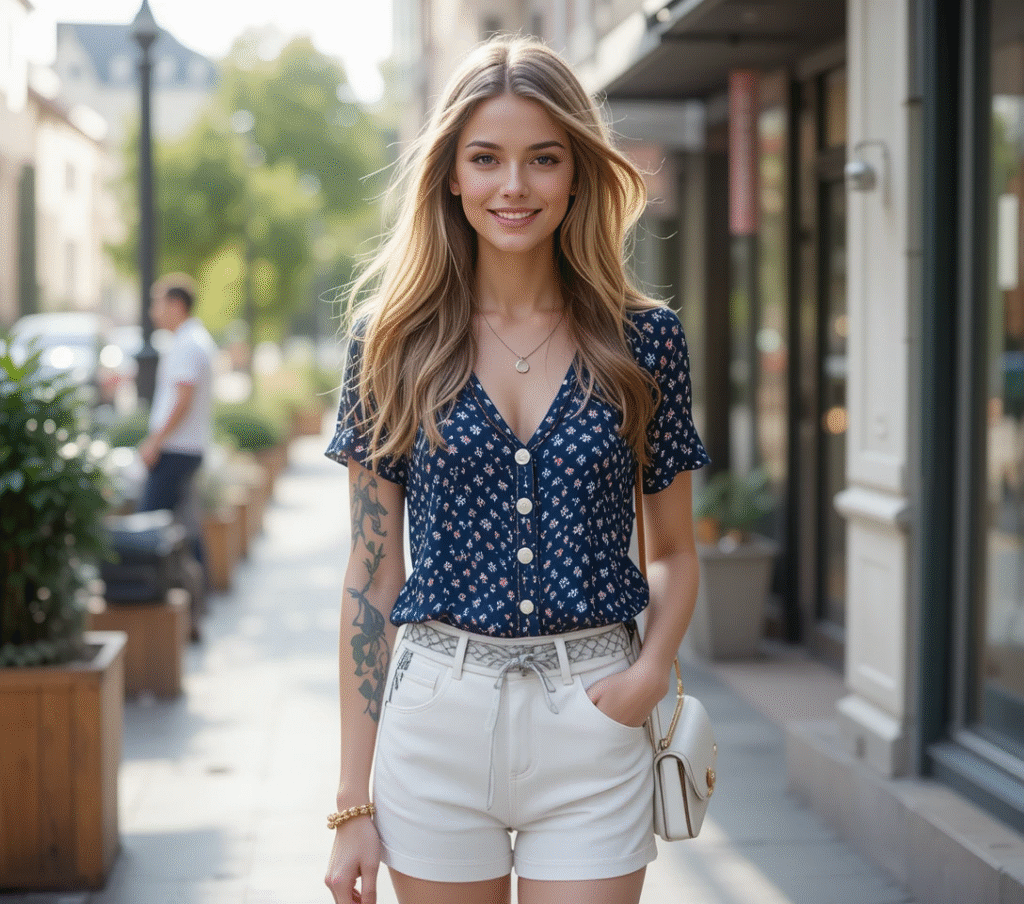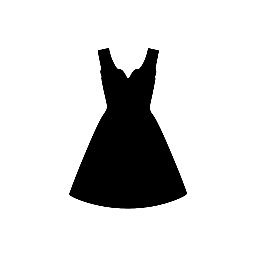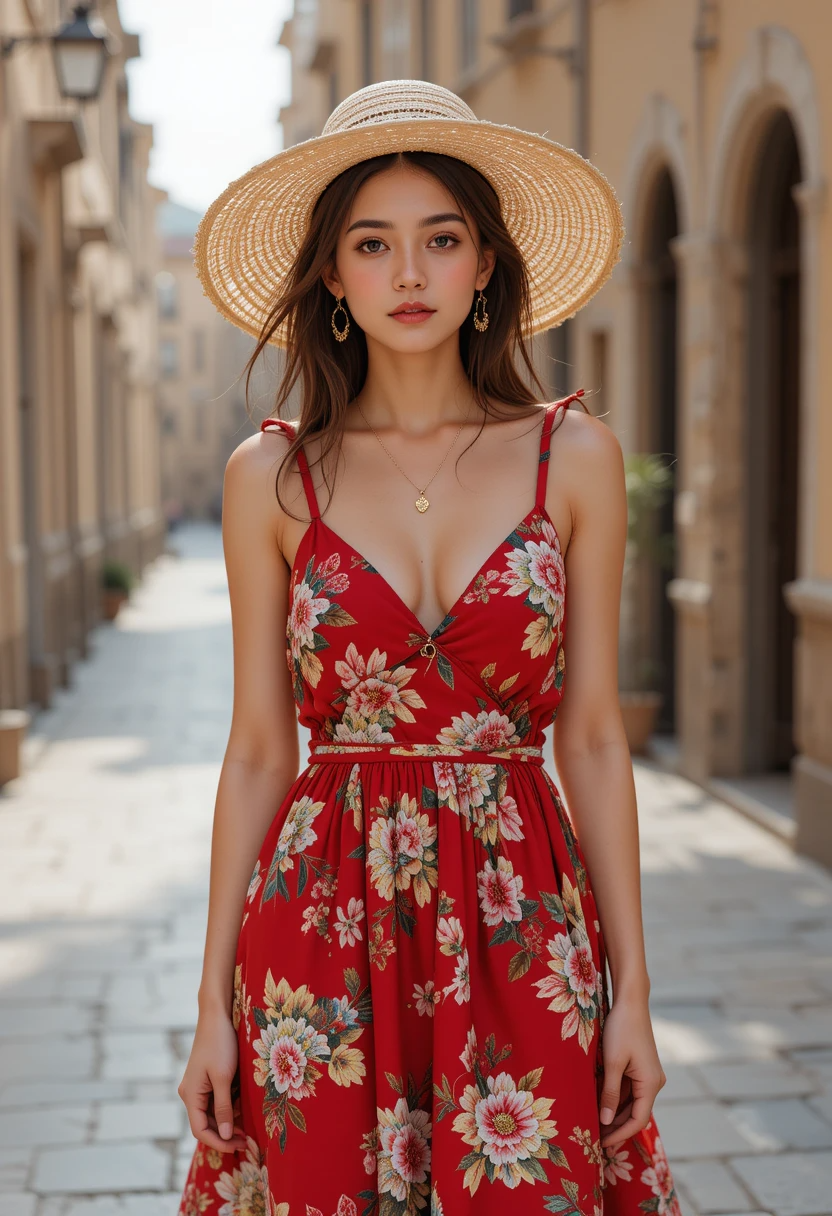As climate concerns grow and consumers demand transparency, the fashion industry is undergoing a transformative shift toward sustainability and ethics. In 2025, eco-conscious fashion is no longer a niche trend—it’s a necessity. From carbon-neutral production to circular design, this guide explores the most important developments in sustainable fashion, along with actionable tips for building an ethical wardrobe.
1. Why Sustainable Fashion Matters More Than Ever
The Urgency of Change
- The fashion industry accounts for 10% of global carbon emissions (UNEP).
- 92 million tons of textile waste are dumped annually (Ellen MacArthur Foundation).
- Consumers increasingly prioritize brands with ethical practices (73% of Gen Z, McKinsey).

Key Terms to Know
- Circular Fashion: Designs made for longevity, recycling, or biodegradability.
- Slow Fashion: Quality over quantity, opposing fast fashion’s disposable model.
- Carbon-Neutral Brands: Companies offsetting emissions via reforestation or clean energy.
- Fair Trade Certified: Ensures living wages and safe working conditions.
2. Top Sustainable Fashion Trends for 2025
**A. Lab-Grown & Bio-Fabricated Materials
- Innovations:
- Mushroom Leather (Mylo by Bolt Threads)
- Algae-Based Textiles (Algaeing)
- Spider Silk Fabric (Bolt Threads, Spiber)
- Why It Matters: Reduces reliance on animal leather and synthetic plastics.
**B. Deadstock & Upcycled Fashion
- How It Works: Designers repurpose leftover fabrics from factories.
- Brands Leading the Way:
- Reformation (Deadstock collections)
- Marine Serre (Upcycled haute couture)
- E.L.V. Denim (Reconstructed vintage jeans)
**C. Rental & Secondhand Boom
- Growth Stats: The resale market is projected to hit $77 billion by 2025 (ThredUp).
- Best Platforms:
- The RealReal (Luxury consignment)
- Rent the Runway (Designer rentals)
- Vestiaire Collective (Pre-owned high fashion)
**D. Transparent Supply Chains

- Tech-Driven Tracking: Blockchain for verifying ethical sourcing (e.g., VeChain).
- Brands Doing It Right:
- Patagonia (Fair Trade Certified)
- Everlane (Radical Transparency)
- Nudie Jeans (Repair & recycle programs)
**E. Zero-Waste Design
- Techniques:
- Pattern cutting that minimizes fabric waste.
- Modular clothing (detachable parts for multiple looks).
- Pioneers:
- Zero Waste Daniel
- Tonlé
3. How to Build a Sustainable Wardrobe in 2025
Step 1: Audit Your Closet
- Keep: Timeless, high-quality staples.
- Donate/Sell: Items in good condition.
- Recycle: Worn-out fabrics via programs like For Days’ Take Back Bag.
Step 2: Shop Mindfully
- Ask Before Buying:
- Is this durable?
- Is the brand ethically certified?
- Can I repair or resell this later?
- Prioritize:
- Natural fibers (organic cotton, linen, hemp).
- Secondhand or rental options.
Step 3: Care for Longevity
- Wash Less, Air Dry to preserve fabrics.
- Learn Basic Repairs (sewing, darning).
- Use Eco Detergents (e.g., The Laundress).
Step 4: Support Ethical Brands
| Category | Brand Recommendations |
|---|---|
| Everyday Basics | Pact, Organic Basics, Kotn |
| Activewear | Girlfriend Collective, TALA |
| Luxury | Stella McCartney, Eileen Fisher |
| Shoes | Allbirds, Veja, Rothy’s |
4. The Future of Sustainable Fashion
**A. AI & Sustainable Design
- Predictive Tech: AI helps brands forecast trends to reduce overproduction.
- Virtual Sampling: Cuts fabric waste in prototyping (e.g., Browzwear).
**B. Regenerative Agriculture
- How It Works: Farming practices that restore ecosystems (e.g., Fibershed).
- Brands Investing: Patagonia, Kering (Gucci’s parent company).
**C. Policy Shifts
- EU’s Strategy for Sustainable Textiles bans destroying unsold goods.
- Fashion Pact unites brands to cut emissions.
5. Debunking Greenwashing: How to Spot Truly Ethical Brands
Red Flags
- Vague Claims: “Eco-friendly” without certifications.
- Overemphasis on One Initiative (e.g., “organic cotton” but unfair labor).
Trustworthy Certifications
- GOTS (Global Organic Textile Standard)
- B Corp (Balances profit & purpose)
- Fair Trade Certified
Final Thoughts: Sustainability Is the Only Way Forward
2025 marks a turning point where ethics and aesthetics merge. By supporting circular brands, embracing secondhand fashion, and demanding transparency, we can all contribute to a cleaner, fairer industry.
What’s your favorite sustainable brand? Share your top picks below!


0 responses to “Sustainable & Ethical Fashion 2025: The Future of Conscious Style”